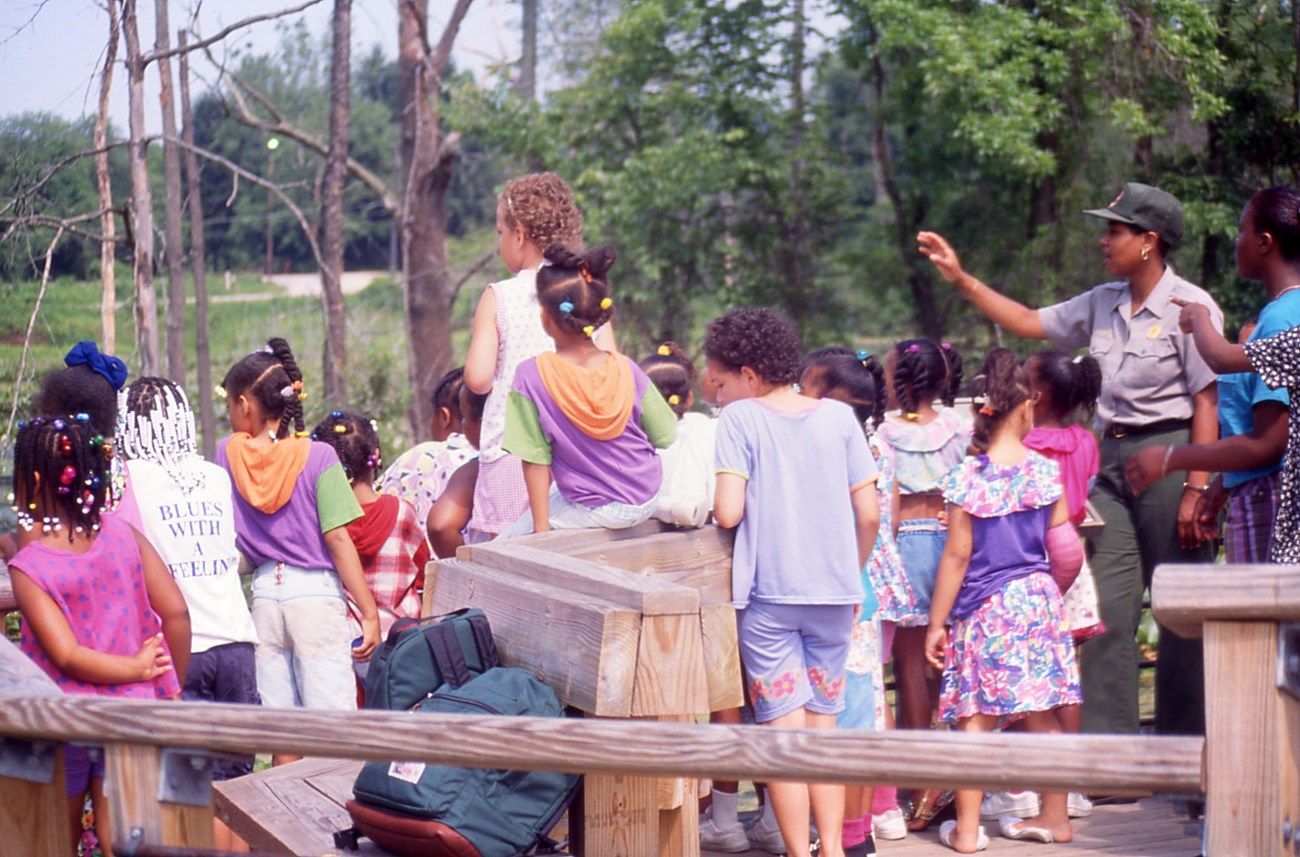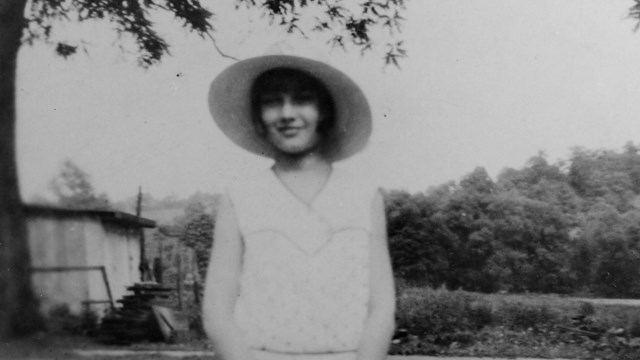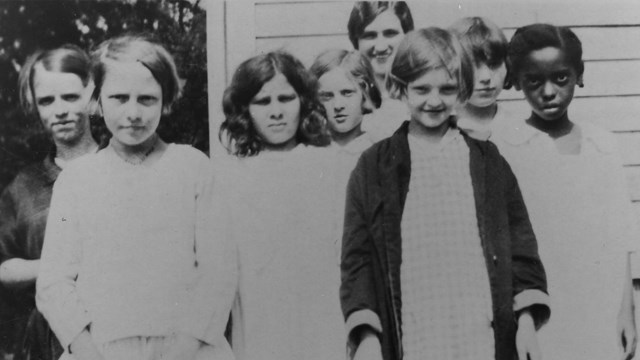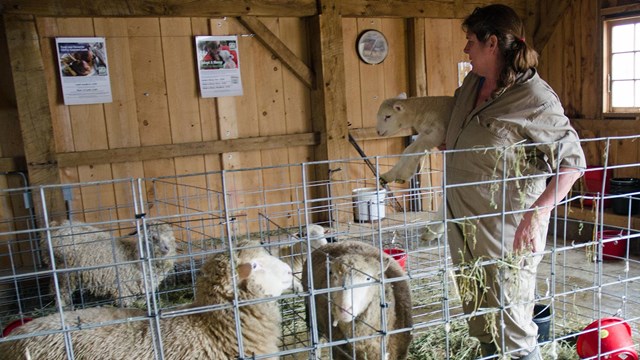
NPS Collection The public roles of women in Cuyahoga Valley reflect their diverse and evolving roles in society at large. In preparation for the national park’s 50th anniversary in 2024-25, park staff are delving deeper into the valley’s past. We are looking to tell a more balanced history, one that reflects the contributions of many. Return here to see what stories we’ve uncovered.
Visit our keyboard shortcuts docs for details
Meet Veronica Dickerson, Environmental Protection Specialist at Cuyahoga Valley National Park. Watch her bloom with confidence as she takes us through her journey of going back to college to becoming the go-to person for cleaning up contaminated sites in the park service. This video is part of a National Park Foundation funded project called the Dare to Imagine project dedicated to highlighting women in parks who are breaking barriers and showing what a scientist looks like. More Women's Stories
Helyn Fiedler Toth
Helyn Fiedler Toth remembers growing up in Hunt House in Everett during the 1920s and 30s. 
One-room School in Everett
Helyn Fiedler Toth and her childhood friend Marjorie Osborne Morgan recall attending the one-room school in Everett. 
Learning to Farm
Listen to past and present farmers talk about how they learned to farm. 
Raising a Farm Family
Listen to valley residents talk about roles in their farm families in the early-to-mid 1900s. |
Last updated: May 7, 2024
